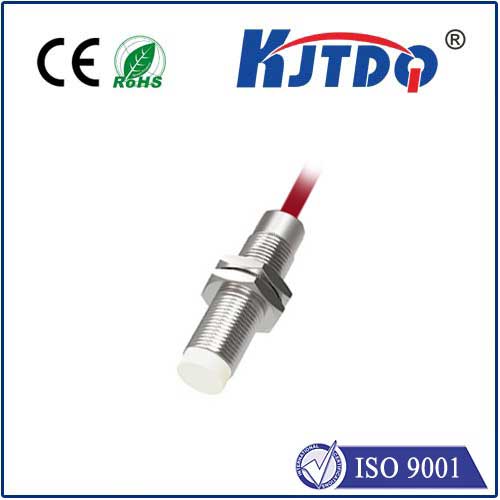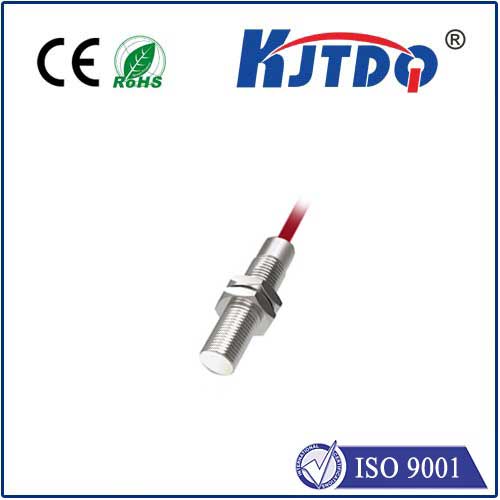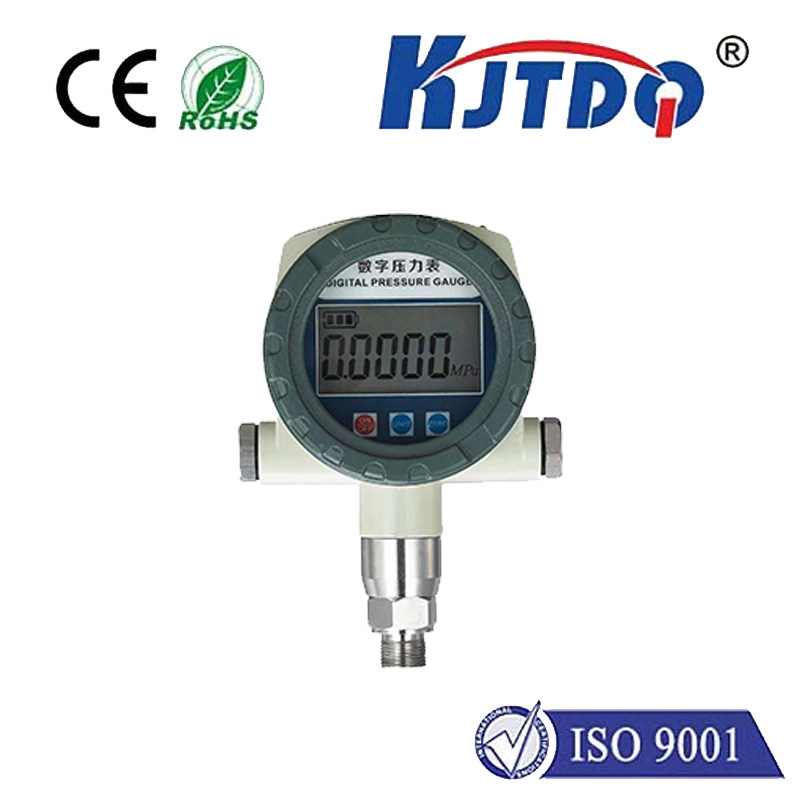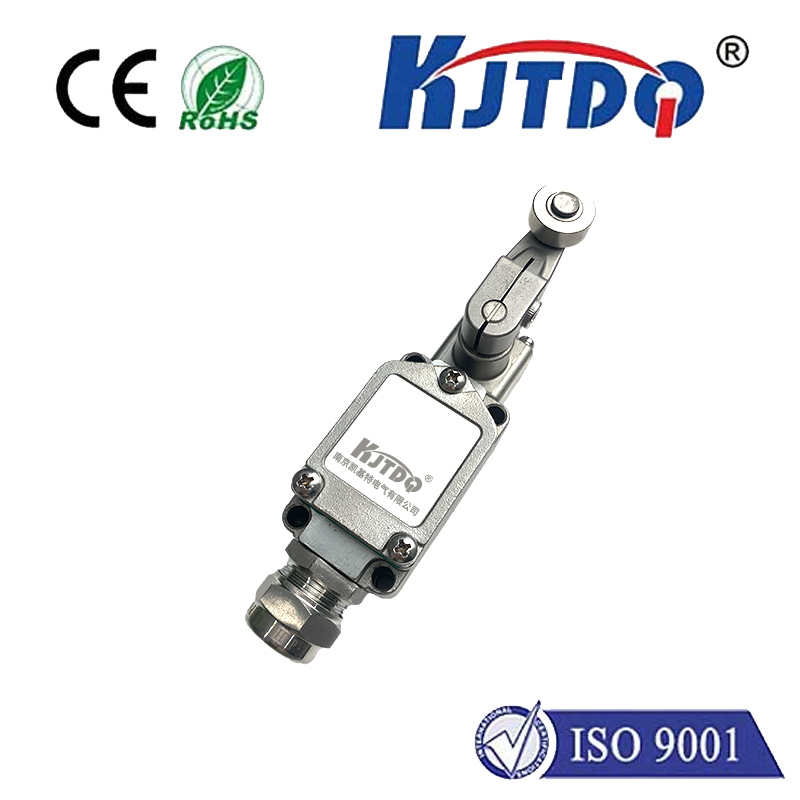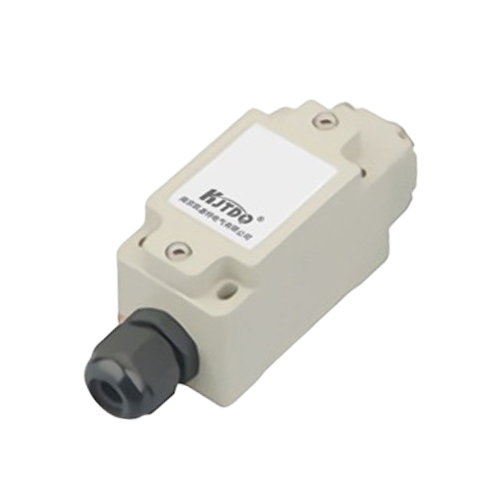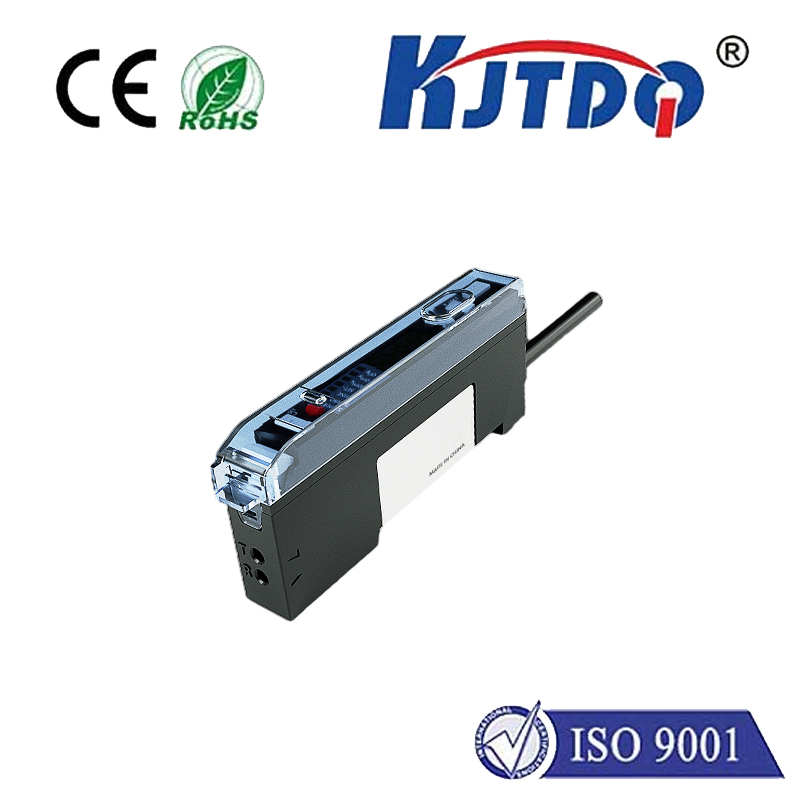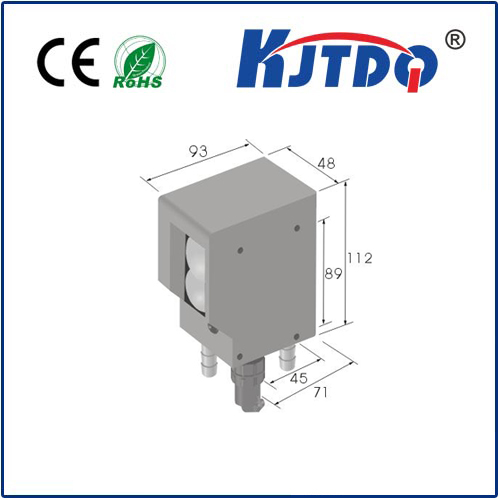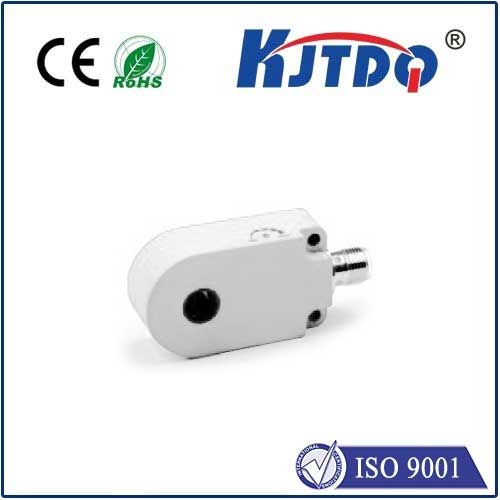

check

check

check

check

check

check

check

check

check

check
Title: The Importance of Overhead Crane Limit Switches
Overhead cranes are an essential piece of equipment in industrial settings, particularly in manufacturing and logistics. These cranes provide a safe and efficient way to lift and move heavy loads, improving productivity and reducing the risk of injury. However, even with advanced technology, safety is still a critical concern when it comes to overhead crane operation. One crucial aspect of crane safety is the limit switch, which plays a vital role in preventing accidents.
What is an Overhead Crane Limit Switch?
A limit switch is a mechanical device that is used to detect the position of a machine's arm or other moving part. In an overhead crane, the limit switch is typically located on the boom or arm of the crane. When the boom or arm reaches a certain point, the limit switch will activate, sending a signal to the crane's control system. This signal tells the operator that the crane has reached its maximum load capacity, preventing further movement and potentially saving the crane and the load from harm.
The Importance of Limit Switches in Overhead Crane Operation
Limit switches are an essential component of an overhead crane's safety system because they help prevent accidents by providing early warning signs of overcapacity or overloading. Here are some reasons why limit switches are so crucial:
1. Prevent Unplanned Downtime: Overloaded cranes can cause damage to the structure, machinery, and people working nearby. By detecting the weight of the load before it becomes too heavy, limit switches enable operators to take action before any accidents occur, avoiding costly downtime and repairs.
2. Ensure Consistent Performance: Overloading a crane can cause it to behave unpredictably, leading to instability and potential accidents. Limit switches help ensure that the crane operates within its designated load capacity, maintaining consistent performance and ensuring safe operation.
3. Reduce Wear and Maintenance Costs: Overloading a crane can lead to excessive wear and tear on parts such as chains, cables, and motors. Limit switches allow operators to avoid pushing the crane beyond its limits, extending the lifespan of these components and reducing maintenance costs in the long run.
4. Comply with Safety Regulations: Many countries have strict regulations regarding the maximum weight that overhead cranes can lift safely. Limit switches help ensure compliance with these regulations, protecting both employees and equipment from potential hazards.
How to Ensure Effective Limit Switch Operations in Overhead Cranes
To ensure that overhead crane limit switches function correctly and effectively, follow these steps:
1. Regular inspections: Conduct thorough inspections of the limit switches periodically to ensure they are operating correctly and free from wear or damage. If any issues are detected, repair or replace the affected switch immediately.
2. Proper training: Provide operators with thorough training on the proper use and maintenance of overhead crane limit switches, emphasizing their importance in ensuring safe operation.
3. Regular maintenance: Conduct regular maintenance on the limit switches, including cleaning, oiling, and testing them as needed to ensure they are functioning correctly.
4. Monitor for anomalies: Keep an eye out for any unusual behavior from the crane or its limit switches, such as slow movements or sudden stops. If any issues are observed, investigate them immediately to prevent accidents from occurring.


